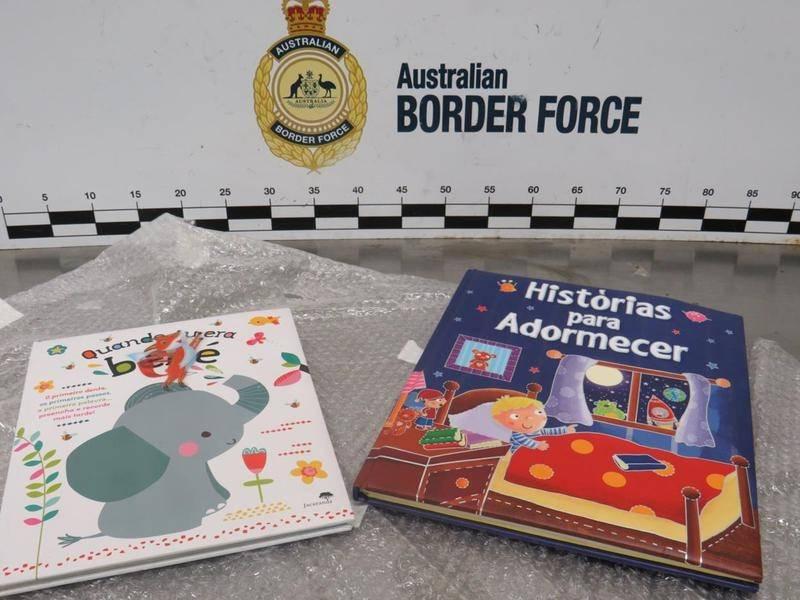More than $600,000 worth of cocaine has been found hidden inside children’s books imported to Sydney from Portugal.
The books arrived in two shipments, on May 1 and May 4, police said.

More than $600,000 worth of cocaine has been found hidden inside children’s books imported to Sydney from Portugal.
The books arrived in two shipments, on May 1 and May 4, police said.